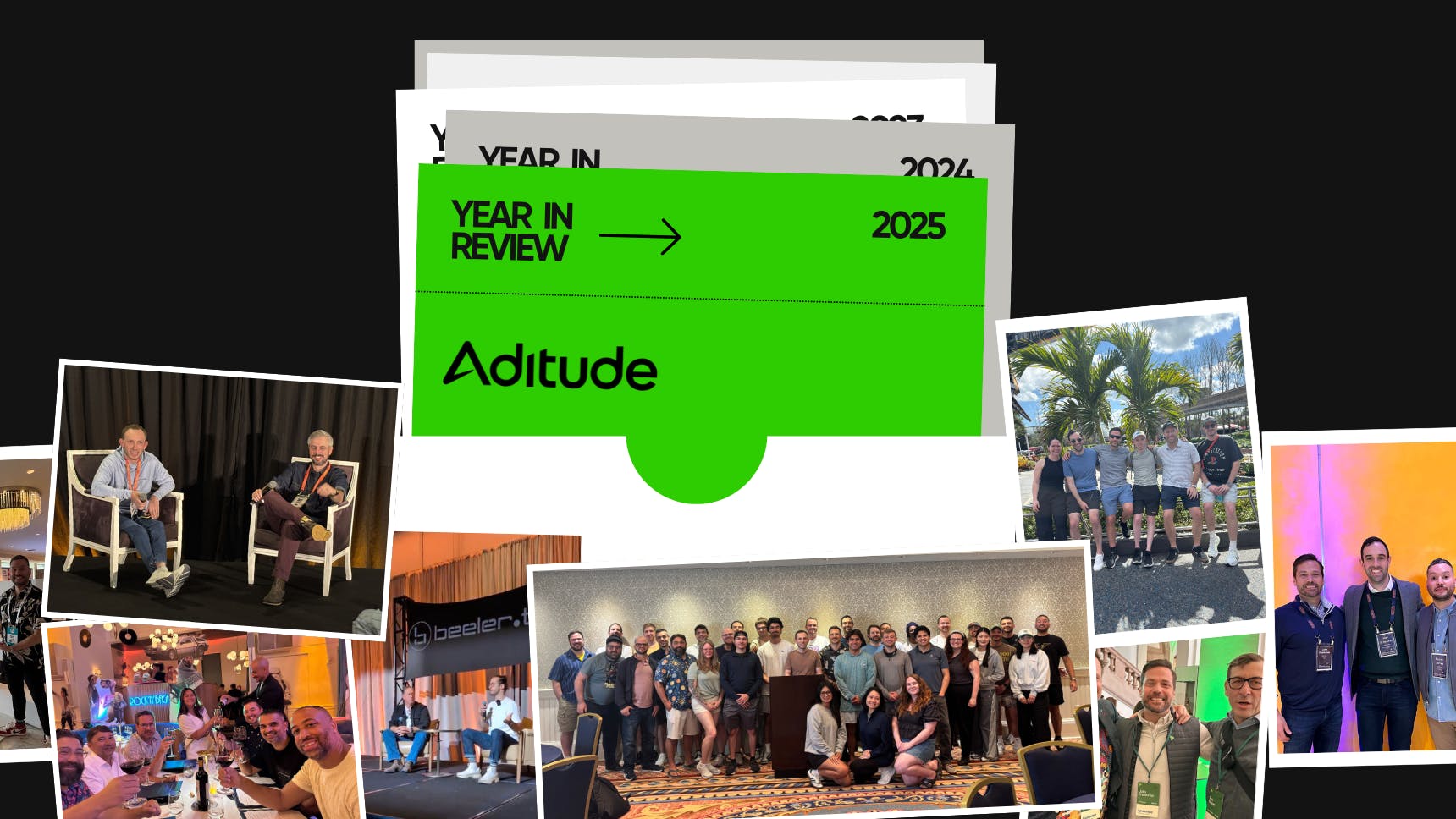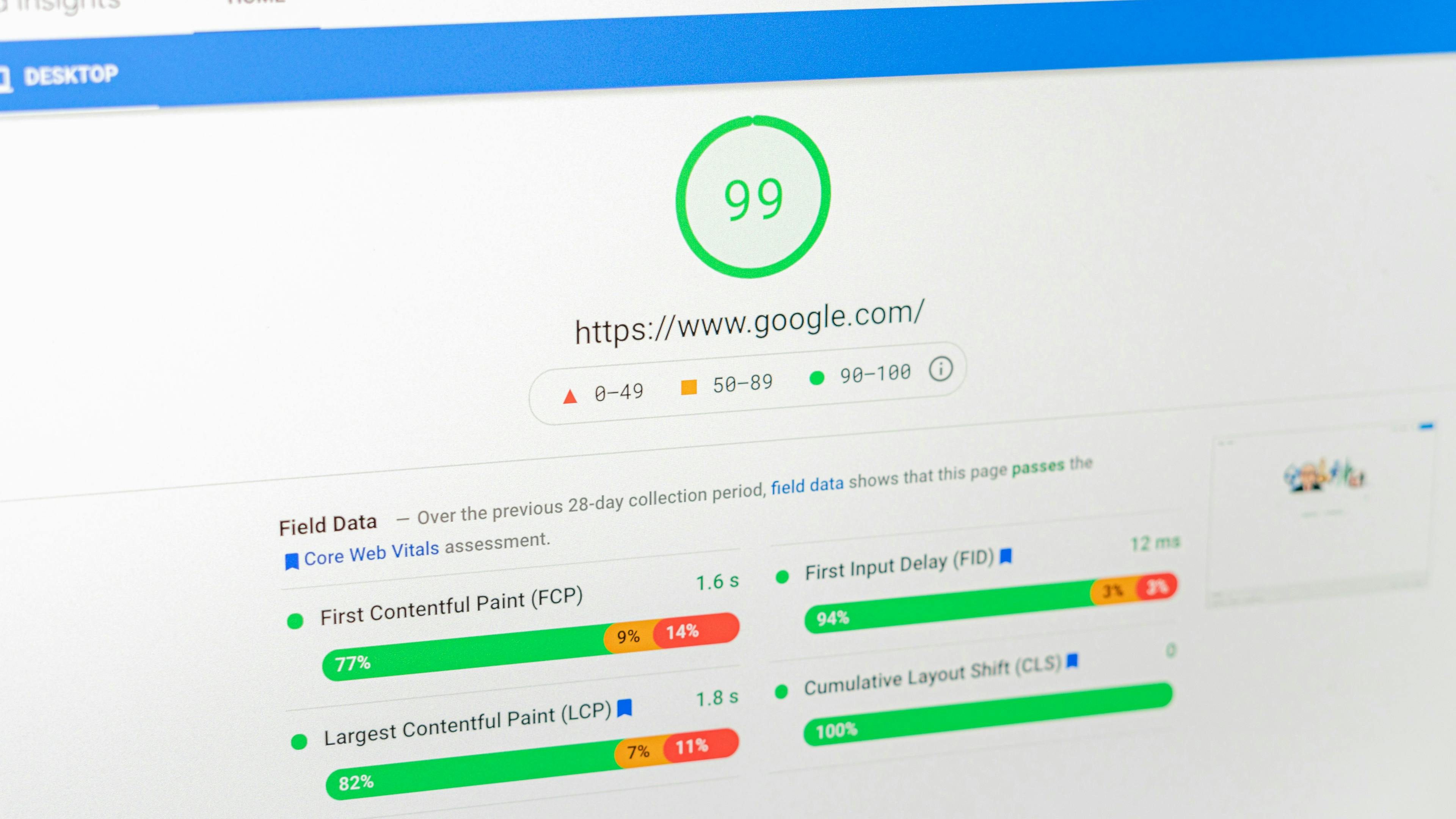Ad Tech Terms
Welcome to the world of ad tech, where understanding the terminology is key to unlocking your digital advertising potential! In this blog, we’ll delve into essential ad tech terms you need to know, from programmatic advertising and ad mediation to concepts like header bidding and eCPM. Whether you're a newcomer or a seasoned expert, mastering these terms will empower you to navigate the complexities of the programmatic ecosystem.

In the ever-evolving world of programmatic advertising, publishers must navigate a complex landscape of technologies and jargon. Ad tech, short for advertising technology, is the engine that powers the online advertising ecosystem. To help you make sense of this fascinating realm, we've compiled a comprehensive list of key ad tech terms and explanations.
A/B Testing
A/B testing is a method for comparing two versions of an ad or webpage to determine which one performs better. It's a vital tool for optimizing campaigns.
Ad Block
Ad blocks are software or browser extensions that prevent ads from displaying on a user's device. Ad blocking can pose challenges for advertisers and publishers.
Ad Exchange
The ad exchange is a digital marketplace that facilitates the buying and selling of advertising space in real-time through auctions. Ad exchanges enable programmatic advertising.
Ad Fill Rate
Ad fill rate is the percentage of ad requests that are successfully filled with ads. A higher fill rate indicates better inventory utilization.
Ad Fraud
Ad fraud is an Illegitimate activity that seeks to generate revenue through deceptive advertising practices. Ad fraud can harm advertisers and publishers alike.
Ad Injection
Ad injection is a form of ad fraud where unauthorized ads are inserted into web pages without the publisher's consent, often leading to poor user experiences.
Ad Mediation
Ad mediation is a technology that helps publishers optimize their ad revenue by managing multiple ad networks and demand sources.
Ad Network
An ad network is a company that connects advertisers with publishers, helping them monetize their digital properties. Ad networks often specialize in specific niches or formats.
Ad Server
An ad server is a server that stores and delivers ads to be displayed on websites, apps, or other digital platforms. It also provides ad tracking and reporting capabilities.
Ad Tag
An ad tag is a piece of code that publishers place on their webpages to request and display ads. Ad tags are essential for ad delivery and tracking.
Ad Tech
Ad tech is an umbrella term for the technologies and tools used in the digital advertising industry, including programmatic advertising, data management, and more.
Ad Trafficking
Ad trafficking is the process of setting up and managing ad campaigns, including selecting ad creatives, targeting, and scheduling.
Ad Unit
An ad unit is a specific space on a webpage or app designed for displaying ads. Ad units can come in various formats, such as banners, videos, or native ads.
Ad Refresh
Ad Refresh is a technique used to serve new ads or refresh existing ones within the same ad space, often to increase viewability and engagement.
Ad Inventory
Ad inventory is the total amount of available ad space on a website or app that can be sold to advertisers.
Ads.txt
Ads.txt is an IAB-approved method for publishers to publicly declare which companies are authorized to sell their digital inventory.
Agency
An agency is a company or organization that specializes in planning, creating, and managing advertising campaigns on behalf of clients.
ATD (Agency Trading Desk)
ATD is an in-house or outsourced division of an advertising agency responsible for programmatic buying and trading of media.
Banner Blindness
Banner blindness is the phenomenon where users consciously or subconsciously ignore banner ads due to their frequent placement and perceived lack of relevance.
Behavioral Targeting
Behavioral targeting is a targeting method that delivers ads based on a user's online behavior and preferences, increasing the chances of engagement.
Bid Request
A bid request is a request sent by a publisher or ad exchange to demand-side platforms (DSPs) and advertisers, seeking bids for available ad impressions.
Bid Shading
Bid shading is a technique used in programmatic advertising to adjust winning bid prices to be more equitable between buyers and sellers.
Bidstream Data
Bidstream data is real-time data generated during ad auction processes, providing insights into user behavior and ad performance.
Brand Safety
Brand safety is a set of practices and technologies aimed at ensuring that ads do not appear alongside inappropriate, offensive, or harmful content.
Cookies
Cookies are small pieces of data stored on a user's device to track online behavior, personalize content, and provide targeted advertising.
CTR (Click-Through Rate)
CTR measures the percentage of users who click on an ad after seeing it. It is often used to gauge ad effectiveness.
CMP (Consent Management Platform)
CMP is a tool or solution publishers and advertisers use to collect and manage user consent regarding data usage and tracking.
CPC (Cost Per Click)
CPC is a pricing model in which advertisers pay a fee each time a user clicks on their ad.
CPM (Cost Per Mille)
CPM is a pricing model where advertisers pay a fee for every thousand impressions of their ad, regardless of clicks.
Cookie Syncing
Cookie syncing is the process of matching user data between different ad tech platforms to improve targeting and tracking capabilities.
Completion Rate
Completion rate is a metric that measures the percentage of users who view an entire video ad.
Conversion
A conversion is a desired action taken by a user in response to an ad, such as making a purchase, signing up, or downloading an app.
Core Web Vitals
Core web vitals are a set of performance metrics that assess the user experience on a webpage, including loading speed, interactivity, and visual stability.
Creative
A creative is the visual and textual elements that make up an ad, including images, videos, copy, and interactive components.
CLS (Cumulative Layout Shift)
CLS is a core web vital metric that measures the visual stability of a webpage by tracking unexpected layout shifts during page loading.
Deal ID
A deal ID is a unique identifier used in programmatic advertising to establish private marketplace deals between publishers and advertisers.
Description URL
A description URL is a URL that provides additional information about an ad or the landing page it leads to, helping users make informed clicks.
Device ID
A device ID is a unique identifier associated with a user's device, often used for ad targeting and tracking.
DMP (Data Management Platform)
A DMP is a platform used to collect, organize, and analyze data from various sources to inform advertising and marketing strategies.
DSP (Demand-Side Platform)
A DSP is a technology platform used by advertisers and agencies to purchase digital ad inventory programmatically.
Dynamic Allocation
Dynamic allocation is a method used by ad servers to determine which ad to serve in real-time based on factors like user data and bid values.
eCPM (Effective Cost Per Mille)
eCPM is a metric that calculates the estimated earnings of an ad per 1,000 impressions, helping publishers compare different revenue sources.
Exchange Bidding
Exchange bidding is a programmatic advertising method that allows multiple demand sources to bid simultaneously for real-time ad impressions.
First-Party Data
First-party data is data collected directly by a company from its users or customers and is often used for personalized targeting.
First-Party Auction
A first-party auction is an auction in which a publisher prioritizes its direct sales and programmatic guaranteed deals before considering external demand sources.
Frequency Capping
Frequency capping is a strategy that limits the number of times a user sees the same ad within a specified time frame to prevent ad fatigue.
Header Bidding
Header bidding is a technique that allows publishers to offer their ad inventory to multiple demand sources simultaneously, increasing competition and revenue potential.
Impressions
Impressions are the number of times an ad is displayed or viewed by users.
In-App Advertising
In-app advertising appears within mobile applications, often in the form of banners, interstitials, or rewarded ads.
Interstitial Ads
Interstitial ads are full-screen ads that appear between content transitions, such as while loading a new webpage or app screen.
IVT (Invalid Traffic)
IVT is traffic that doesn't come from real users, including fraudulent or non-human ad interactions.
Inventory
Inventory is the available ad space on a publisher's website or app that can be sold to advertisers.
LCP (Largest Contentful Paint)
LCP is a core web vital metric that measures the loading performance of the largest content element on a webpage.
Lazy Loading
Lazy loading is a technique that defers the loading of non-essential content, such as below-the-fold images or ads, until a user scrolls or interacts with the page.
Leaderboard Ads
Leaderboard ads are wide and horizontal banner ads typically placed at the top of a webpage.
Line Item
A line item is a specific ad campaign or set of instructions that includes targeting, budget, and scheduling details.
Malvertising
Malvertising is malicious advertising that contains malware or fraudulent content intended to harm users' devices or steal data.
Mid-Roll
Mid-roll video ads are ads that appear in the middle of video content, such as during a video clip or livestream.
Open Auction
Open auction is an ad auction where multiple advertisers bid on available ad impressions without any predetermined agreements.
Order
Order is a grouping of line items that defines the overall parameters of an ad campaign, such as flight dates and targeting criteria.
Overlay Ads
Overlay ads are ads that appear as overlays on top of content, often semi-transparent and dismissible by users.
Parent Profile
A parent profile is a user's primary online profile, which may include demographic and behavioral data used for ad targeting.
Percentage-Based Line Item
A percentage-based line item is a type of line item where advertisers pay a percentage of their total media spend as fees to the publisher.
Post-Roll
A post-roll is a video ad that appears after the main video content has concluded.
Preferred Deals
Preferred deals are a type of programmatic advertising deal that offers premium inventory to select advertisers at fixed prices.
Pre-Roll
Pre-roll video ads are ads that appear before the main video content begins playing.
Price Floor
Price floor is the minimum bid price set by a publisher for their ad inventory to maintain control over ad quality and revenue.
PMP (Private Marketplace)
PMP is a private ad exchange where publishers offer their inventory to select advertisers on an invitation-only basis.
Programmatic Advertising
Programmatic advertising is an automated and data-driven method of buying and selling digital ad inventory in real-time auctions.
Programmatic Guaranteed
Programmatic guaranteed is a programmatic advertising method that allows advertisers to reserve and purchase premium inventory at fixed prices.
Publisher Profile
A publisher profile is a profile created by a publisher that includes information about their website or app, audience demographics, and available ad inventory.
Quantity-Based Line Item
A quantity-based line item is a type of line item where advertisers pay a fixed fee for a specific number of ad impressions or clicks.
Rate
A rate is the cost or price associated with a particular advertising service, often expressed in CPM or CPC terms.
Remnant Inventory
Remnant inventory is unsold or leftover ad inventory that publishers may sell at discounted rates to maximize revenue.
RTB (Real-Time Bidding)
RTB is a programmatic advertising process where ad impressions are bought and sold in real-time auctions.
Second Party Data
Second-party data is data obtained from a direct relationship with another organization or business, often through data sharing agreements.
Second Price Auction
A second-price auction is an ad auction model where the highest bidder pays the price submitted by the second-highest bidder plus a small increment.
Semi-Transparent Inventory
A semi-transparent inventory is an ad inventory that is partially visible to buyers but lacks full transparency, often associated with private marketplaces.
Sticky Ads
Sticky ads are ads that remain fixed in a specific position on a webpage while users scroll, ensuring high visibility.
Target CPM
Target CPM is a pricing model where advertisers specify a target CPM, and the ad platform optimizes bidding to meet that goal.
Third-Party Data
Third-party data is data obtained from external sources, such as data providers, for ad targeting and audience segmentation.
Unified ID 2.0
Unified ID 2.0 is an industry initiative to create a standardized user ID system that enhances identity resolution and privacy in digital advertising.
SDK (Software Development Kit)
An SDK is a set of tools and libraries provided by ad networks or platforms to enable app developers to integrate ads into their mobile apps.
SSP (Supply-Side Platform)
An SSP is a technology platform used by publishers to manage and optimize their ad inventory and sell it to demand partners.
VAST (Video Ad Serving Template)
VAST is a standard XML-based protocol used for serving video ads in a consistent manner across different video players and platforms.
Viewability
Viewability is a measure of whether an ad is actually viewable by users, typically defined as at least 50% of the ad being in the user's viewport for at least one second.
VPAID (Video Player-Ad Interface Definition)
VPAID is a standard for interactive video ads that allow for rich media and interactive elements within video ad units.
Walled Gardens
Walled gardens are digital ecosystems where data and services are controlled by a single entity, limiting interoperability and data sharing.
As a publisher, grasping these concepts empowers you to make informed decisions, optimize revenue streams, and navigate the ever-changing digital advertising terrain. Whether you're focused on maximizing RPM, implementing header bidding, or diving into programmatic advertising, these terms are your compass in this complex journey.
The digital advertising landscape is continually evolving, driven by technological advancements, regulatory changes, and shifting consumer behaviors. Staying current with these trends and technologies will help you thrive in the industry and ensure that you deliver relevant and engaging experiences to your audiences.
So, remember that knowledge is your most valuable asset, whether you're tackling ad fraud, embracing programmatic guaranteed deals, or fine-tuning your ad mediation strategy. As the ad tech world continues to innovate and evolve, your understanding of these terms will empower you to adapt, thrive, and make the most of every digital advertising opportunity that comes your way. Stay curious, stay informed, and let your ad tech journey lead to continued success.




